Ever since it was revealed that Dragon Age: The Veilguard, then called Dragon Age: Dreadwolf, would be heading to Tevinter, it was the only thing I wanted to see. More than taking down Solas or meeting new companions, Tevinter was my main reason to care about whatever Dragon Age 4 would be called. This desire to see Thedas’ most interesting setting predates the fourth game, stretching all the way back to Origins. And then it was a let down.
Tevinter was disappointing just on a basic surface level. We start the game in Minrathous, with the magisterium floating above the city in all its glory, but are railroaded into a linear sequence as we try to stop Solas’ ritual. After the prologue, we never return to this more cosmopolitan side of Minrathous, not even in its destroyed state. Instead, we’re stuck in Dock Town. But that’s not the only reason Tevinter feels like the biggest waste of potential in all of 2024’s gaming catalogue.
Dock Town Is The Veilguard’s Worst Setting
The issue may be exacerbated by the fact Neve, our companion from Tevinter, is easily the game’s worst. Dorian’s shallow cameo offering little of value doesn’t help either. But mostly, it’s down to Dragon Age itself. The current version of Dragon Age could have never dreamed up a setting as interesting as Tevinter, and as a result barely even tries to live up to it. But even Dock Town falls way short of what Minrathous, and Tevinter, should be.
Minrathous is a dangerous city. The gears of politics and commerce are oiled with blood magic. It is the most advanced city in the world because it walks up to the line between science, magic, and godhood that man should not cross. Then, unsatisfied with this raw power, it hungers for yet more blood and crosses that line in eager anticipation. It is a city of slavery, of racism, of evil. It is not a city Dragon Age can currently write.
There are no slaves that we see in Minrathous, even though the poorest district in the middle of a war would be the ideal place to harvest the downtrodden. Blood magic is reviled by everyone, despite being the popular status quo of Tevinter and previously having been an issue that came in shades of grey. Despite playing as an elf, nobody called me a “knife-ear” or even seemed to dislike me. And that is the whole problem.
Minrathous Only Works With Morally Grey Characters
No one dislikes anyone in Dragon Age: The Veilguard. No one is mean, no one is selfish, no one is evil outside of the villains who are irredeemably so with little to no motives, and so a complex city like Minrathous cannot flourish. On the one hand, I am disappointed we didn’t get to see more of Minrathous proper with its floating buildings and blood-powered engines, and get to explore the bustle of a city without the ziplines of Treviso linking smaller areas together. But I know that even if we had seen the sights, the substance would not have been there.
Dragon Age: The Veilguard is a divisive game. Not just in that some like it and some don’t, but in that it has created a discourse that divides us into two neat categories. You are either for the game or against it. It has become a beacon for why wokeness ruins games (despite the far more political Metaphor: ReFantazio winning critical acclaim and the unabashed wokeness of Baldur’s Gate 3 powering it to legendary status), and thus nuance is lost. But as ever, the truth is somewhere in the middle.
I do suspect that the reason Tevinter has been neutered, with blood magic presented as an unconscionable evil and slavery and racism stricken from the record, has roots in the game trying to be ‘inclusive. I have long rallied against the Dragon Age Council’s involvement in development (a group of superfans trusted to approve of worldbuilding) because superfans aren’t representative. They see Dragon Age as their safe space. But if it became that through the political complexity and roleplaying depth of the first three games, why did that need to change?
I Wouldn’t Want The Veilguard’s Version Of Minrathous
Minrathous would not have been a very nice city. Bad things would have happened there. People would have called your character mean names. Perhaps more to the point, it would have drawn uncomfortable parallels to our own reality, with racism in the streets and corrupt officials buoyed by discriminatory populism. This is often something the anti-woke and too-woke crowd agree on – video games as meaningless escapism where narrative depth is frowned upon.
We see it in Taash swearing off stealing as a Lord of Fortune. While I think a modern day do-gooder like Lara Croft may suffer ludonarrative dissonance with being a treasure hunter, the thieves guild of Thedas should not face these questions. Likewise, while I found the subversion of Liches to be clever, it speaks to BioWare’s current mentality to take a fantasy creature known for its evil nature and flip it on its head.
It’s less a case that I’m disappointed we didn’t get to see the real Minrathous than I am jaded to the fact Dragon Age these days is simply not worthy of Minrathous. It is not worthy of the Circle of Magi, not worthy of Anders, not worthy of the shoulders of so much of the rich lore it stands upon. I’m glad we didn’t get to see the real Tevinter. It’s not a city that could exist in The Veilguard anyway.
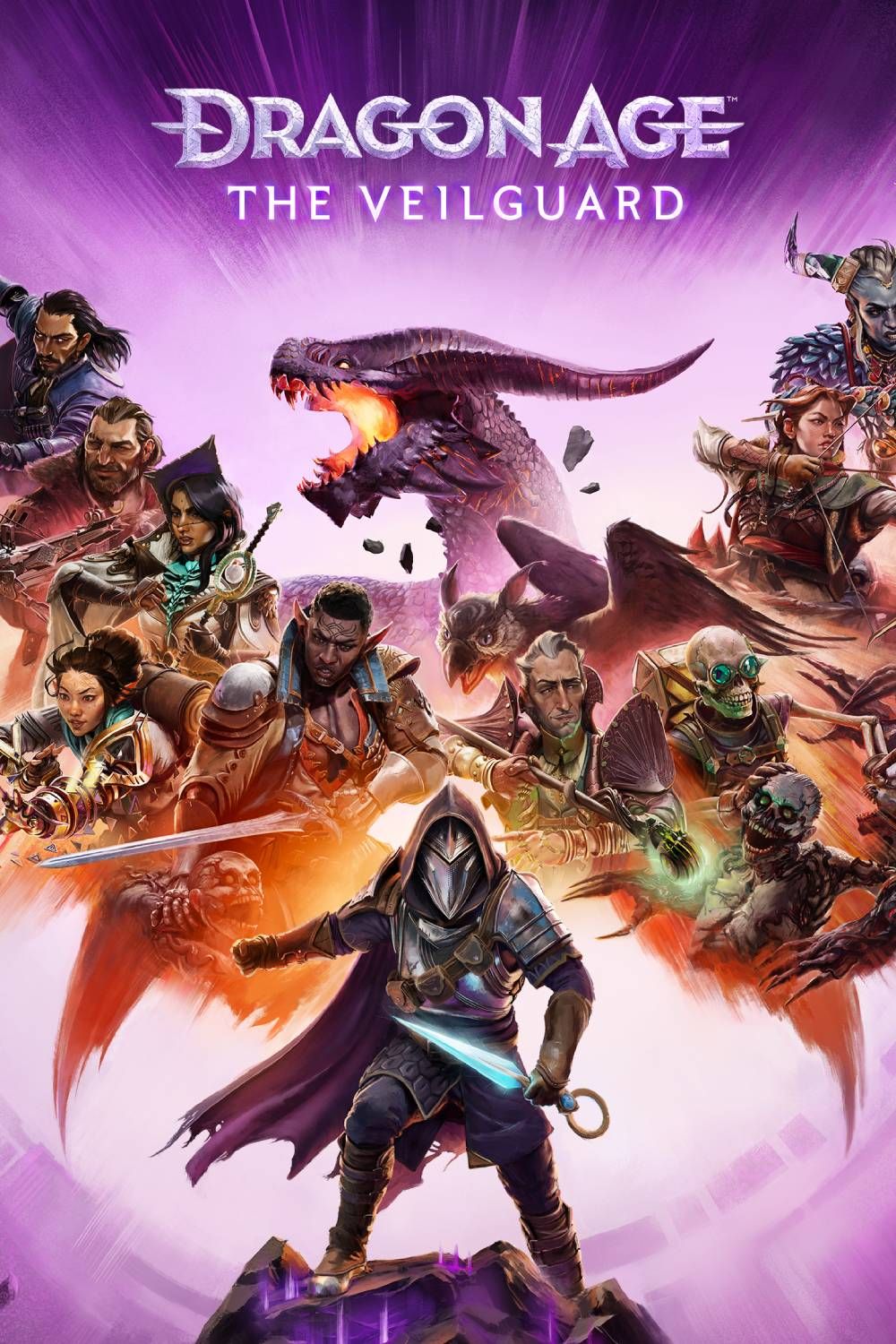
-

OpenCritic
-
Top Critic Rating:
81/100
- Released
-
October 31, 2024
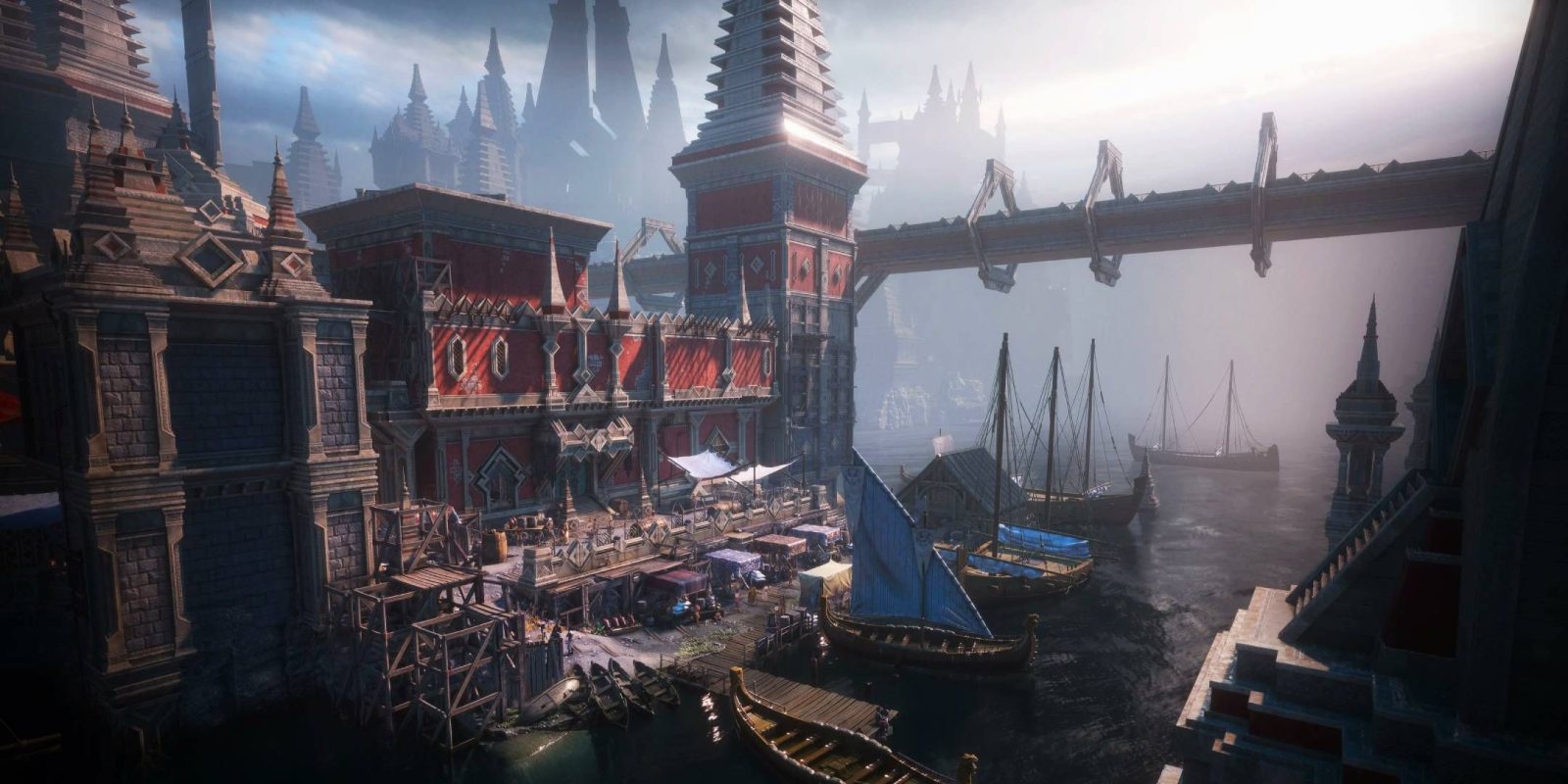

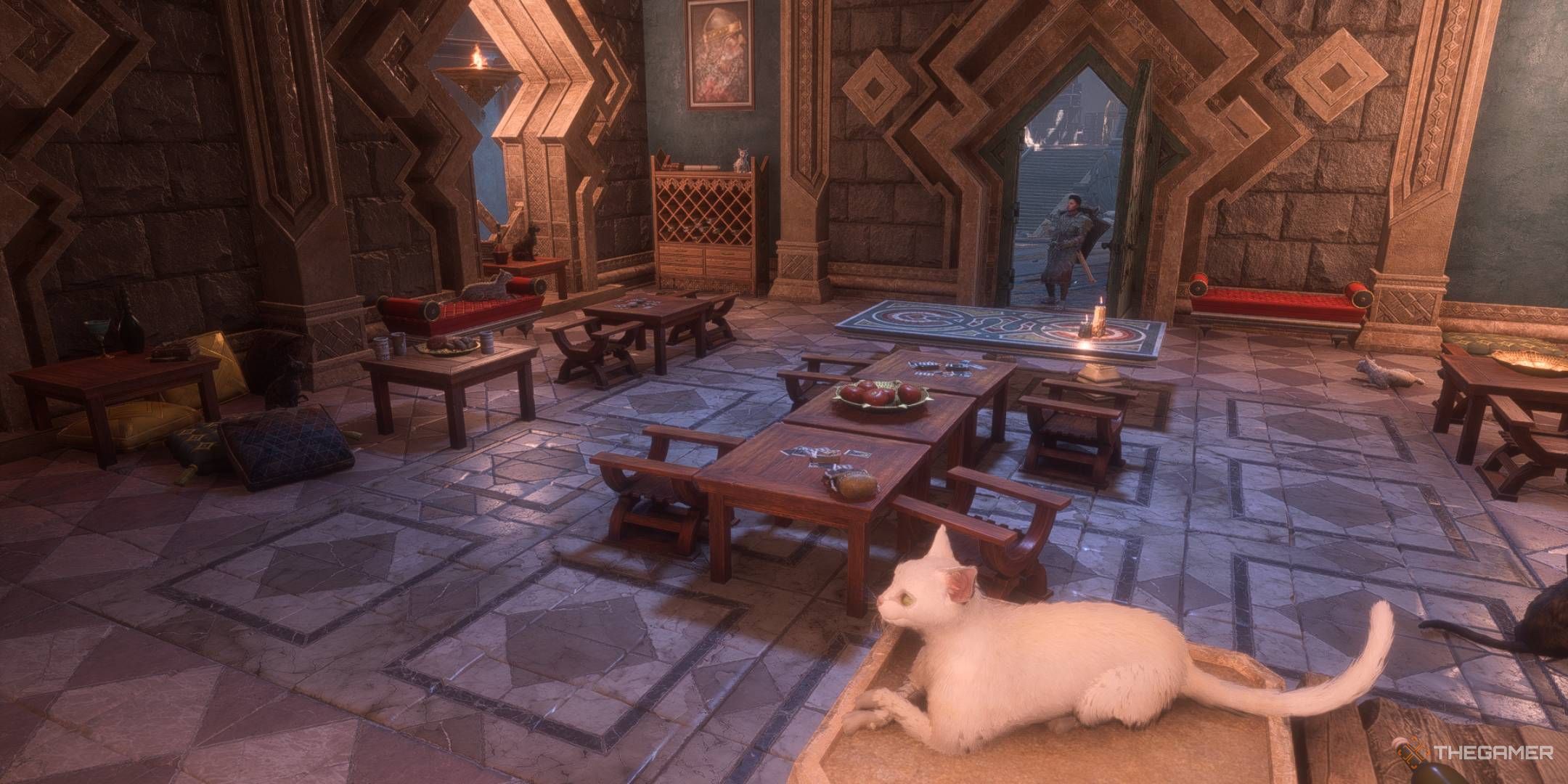
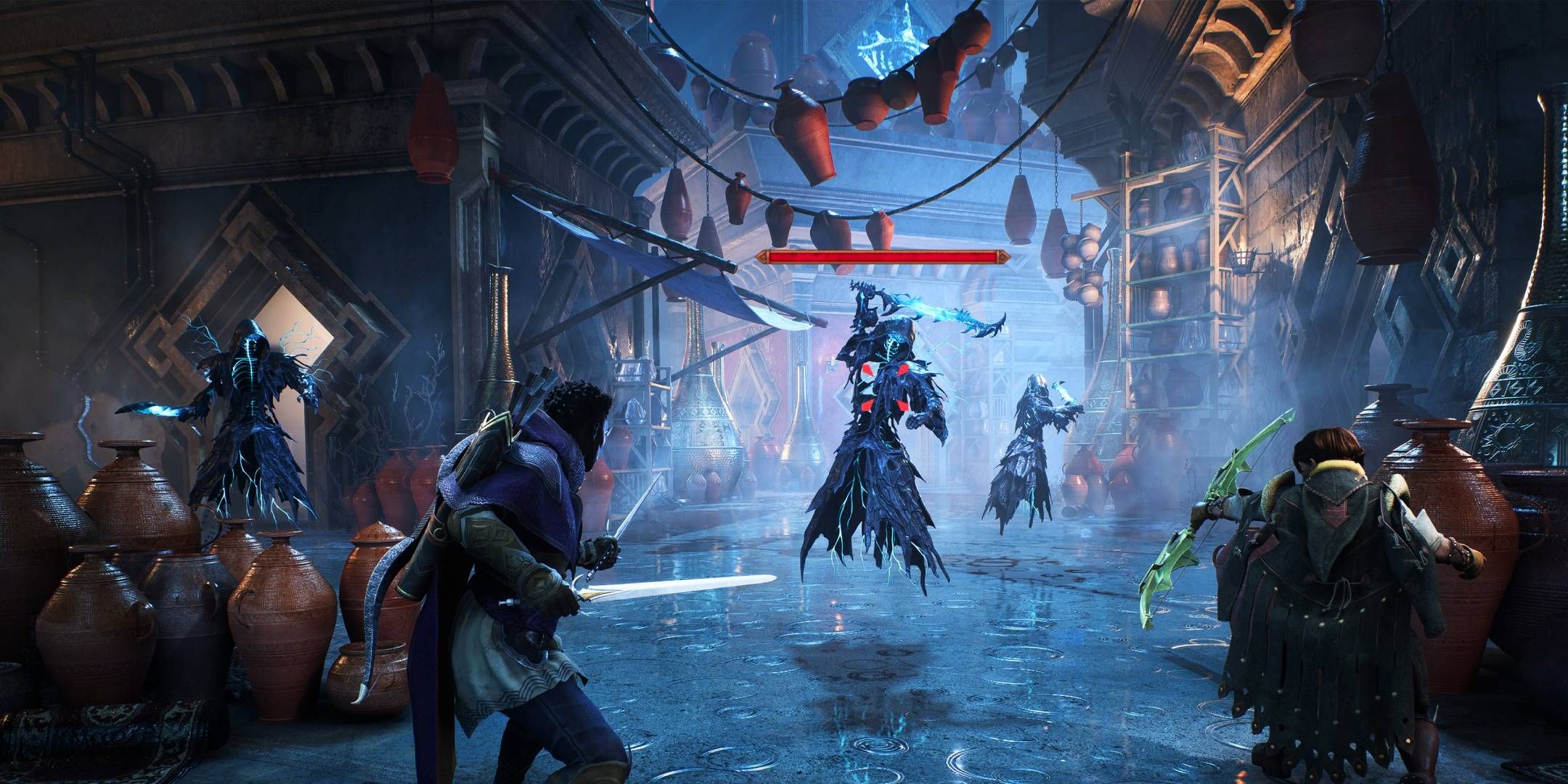
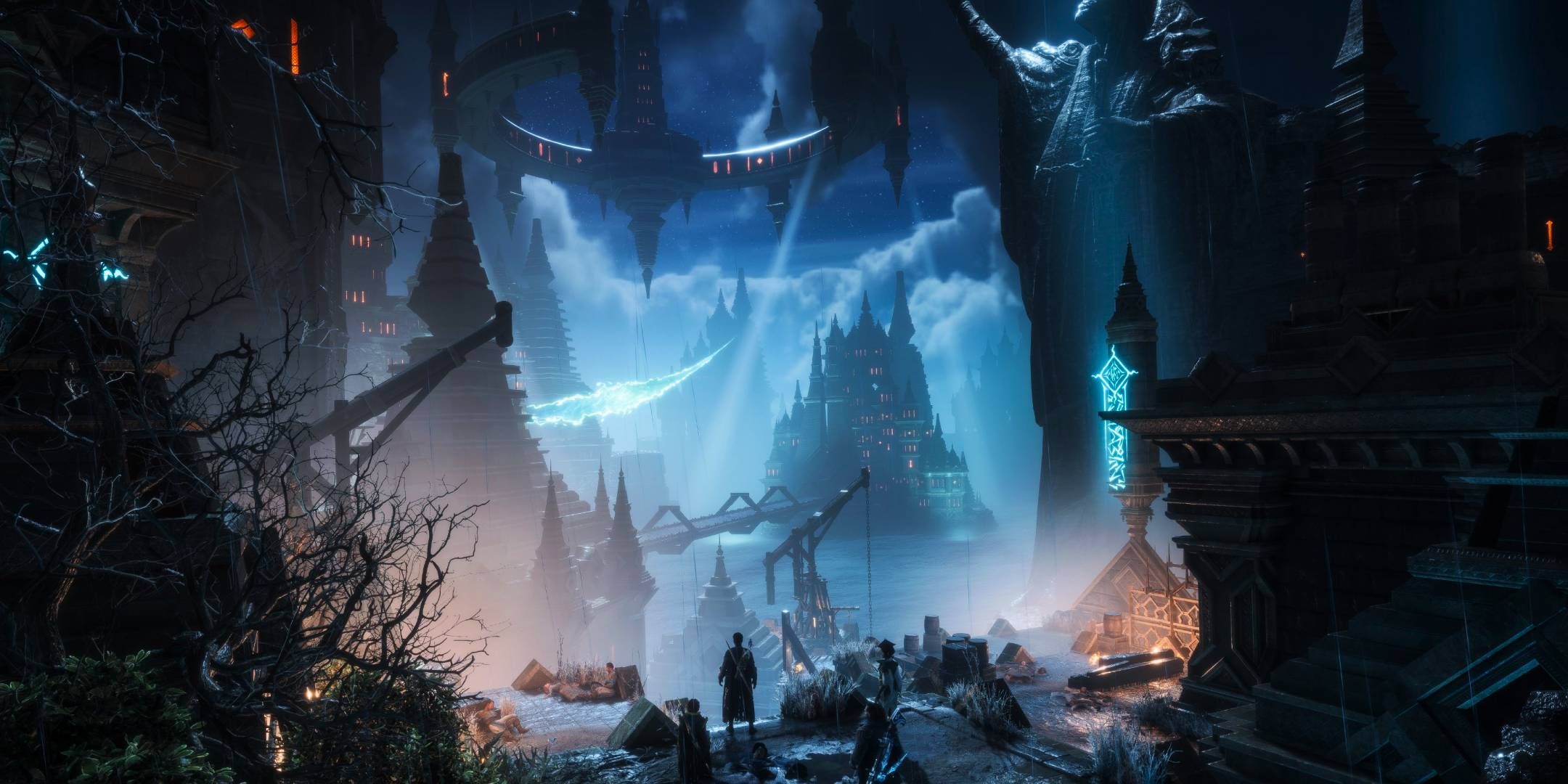

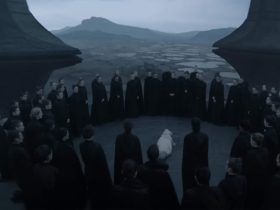
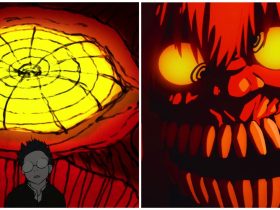
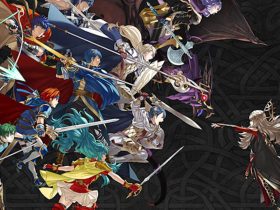


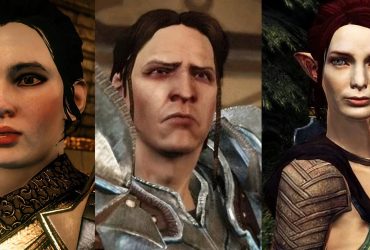



Leave a Reply